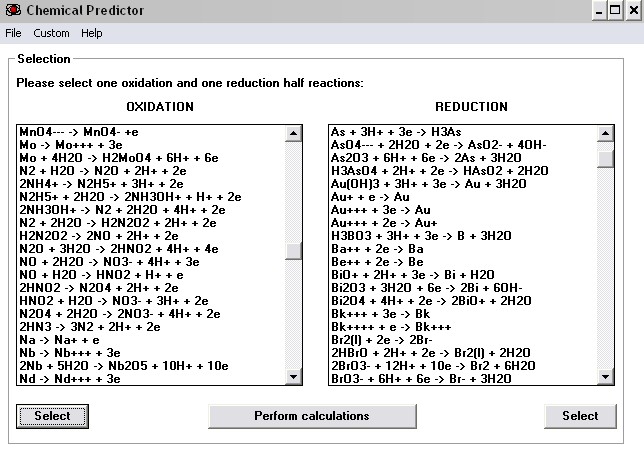Spreadsheet Analysis of Fluid Mechanics Problems
Spreadsheet Analysis of Fluid Mechanics Problems
Ratan Kumar and Abdulraouf O. Al-Shantaf
Department of Engineering Technology
University of North Texas
Denton TX 76203
Abstract – This paper presents a study to obtain solutions to
some fluid mechanics problems by spreadsheet analysis. By
utilizing some of the many features available in
spreadsheets, which are increasingly gaining popularity in
the industry and academia, different aspects of fluid flow
problems can be easily and graphically examined. It has
been successfully used to study a majority of topics covered
in a typical undergraduate fluid mechanics textbook. Some
of the topics covered were determination of hydrostatic
pressure and forces, buoyancy and stability, Bernoulli’s
equation and open channel flow. The spreadsheet solutions
provided a simple means to solve fluid mechanics problems
and proved to be effective tool in teaching undergraduate
technology students.
Introduction
Fluid mechanics problems require a series of equations to be
followed in order to get a solution. The process is tedious
and possibilities for errors can be relatively high. However
if one has a good understanding of the physics behind the
problem, then by automating the solution process, the
calculation error can be eliminated. In this paper a method
allowing a spreadsheet analysis to these series of equations
is shown. The interactivity between text, spreadsheet and
graphical plotting, that is a common feature of modern
spreadsheet packages, is exploited. This type of analysis
serves as a useful supplemental tool to textbooks in that
mundane mathematical difficulties can be eliminated and
the students can focus on the problem itself. It also befits
the engineering technology teaching style, where emphasis
is on using modern tools to solve problems so that the
students are not bogged down with mathematical
manipulations.
Since the tool was developed for engineering technology
students, the problems used were directly extracted from
engineering technology fluid mechanics book. In this case
the book by Mott[1] was used as the textbook and examples
have been taken from it. It should be noted that spreadsheet
solutions are generic and any other text book could have
been easily selected for this purpose. The software tool used
was Microsoft Excel[2].
In order to use the spreadsheet modules developed for
class purposes, the user must have a solid understanding of
the theory to find a solution for the problem. For instance,
the user must be conversant with fluid tables to input the
right values, be able to calculate some parameters such as
the moment of inertia (during pressure location), be able to
distinguish between turbulent and laminar flow, and be able
to calculate hydraulic radius etc. Some of these input
features can very easily be calculated within the spreadsheet
but were deliberately neglected to be solved by the students.




